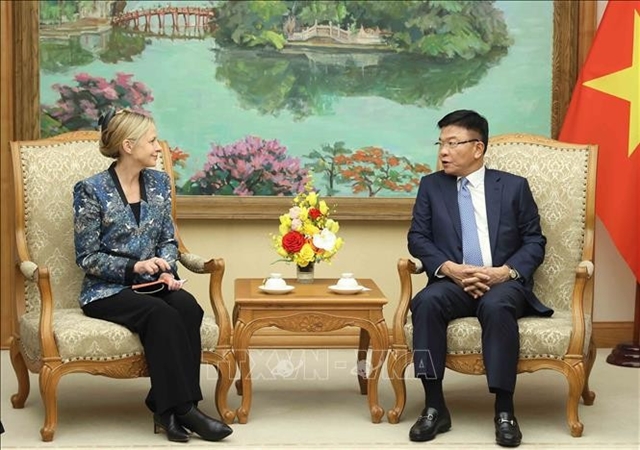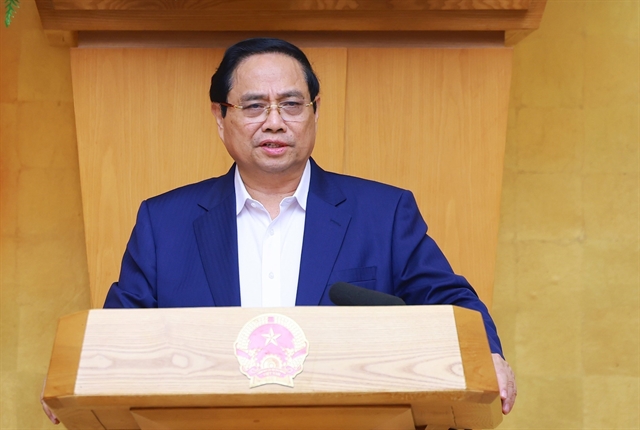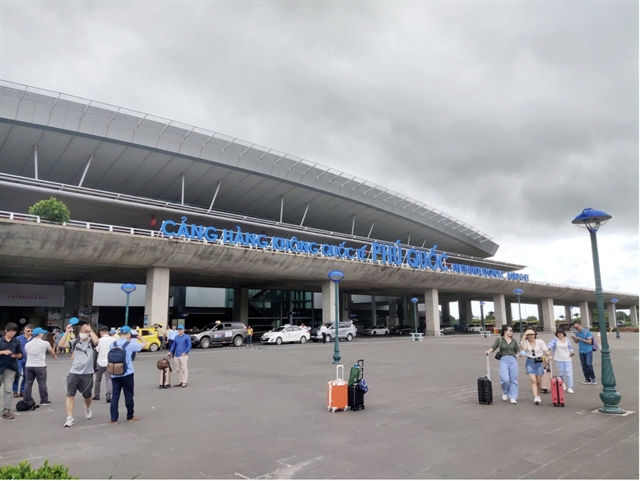 Society
Society
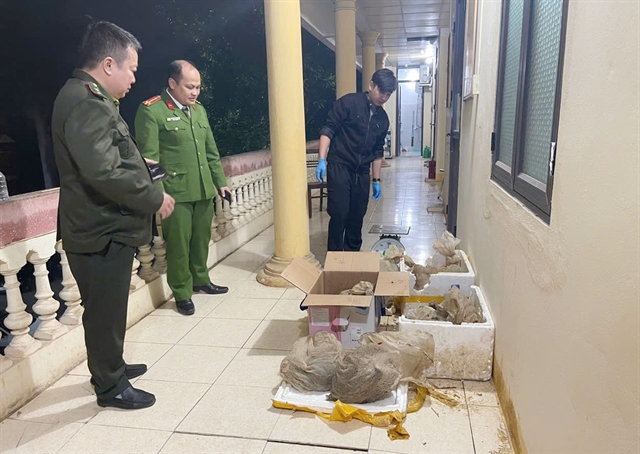
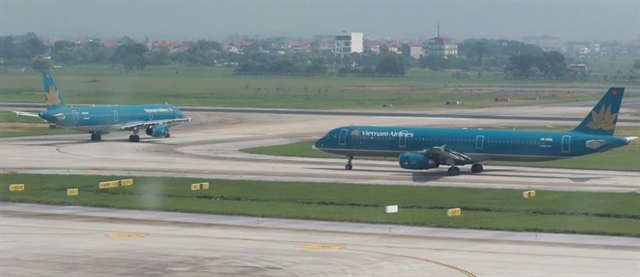 |
| VNA/VNS Illustrative Photo. |
HÀ NỘI — The Civil Aviation Authority of Việt Nam (CAAV) has submitted a proposal to the Ministry of Transport seeking approval for the master plan of Phú Quốc International Airport for the 2021-2030 period, with a vision extending to 2050.
By 2030, the airport is expected to handle ten million passengers and 25,000 tonnes of cargo annually. It will feature 30 aircraft parking positions, with provisions for future expansion. The airport will also be capable of accommodating wide-body aircraft.
In terms of runway infrastructure, the plan includes upgrading the existing runway to 3,300m in length and 45m in width. Additionally, a second parallel runway of the same dimensions will be constructed approximately 360m north of the current one.
The existing terminal one, with a capacity of four million passengers per year, will continue to serve both domestic and international flights. A new second terminal will be developed east of the first, increasing capacity by an additional six million passengers annually. Land will also be reserved for future terminal expansions if needed.
A VIP lounge will be constructed east of the air traffic control tower to accommodate delegates attending the APEC 2027 Leaders’ Week in Phú Quốc. Once the event concludes, this facility will be repurposed for international flights or general aviation.
Long-term vision to 2050
By 2050, Phú Quốc International Airport is projected to handle 18 million passengers and 50,000 tonnes of cargo annually. The number of aircraft parking positions will increase to 45, while the runway layout established in the earlier phase will remain unchanged.
During this period, Terminal 1 will continue to serve domestic flights with a capacity of four million passengers per year. Terminal 2 will be expanded to accommodate eight million passengers annually. A third terminal, dedicated to international flights, will be built west of terminal one, with a capacity of six million passengers per year.
For the 2021-2030 period, the airport's total land requirement is estimated at 865.93ha. Of this, 851.67ha are part of the existing airport area, while an additional 14.26ha will be acquired. The total land area is expected to remain unchanged in the long-term vision for 2050.
According to CAAV leaders, the master plan for Phú Quốc International Airport is a critical component of Việt Nam’s national aviation infrastructure strategy for 2021-2030, with a vision extending to 2050.
It aligns with Kiên Giang Province’s development plans, supporting economic growth, national security, and the expansion of the aviation industry. Additionally, it lays the foundation for key infrastructure investments to facilitate APEC 2027 Leaders’ Week. VNS

